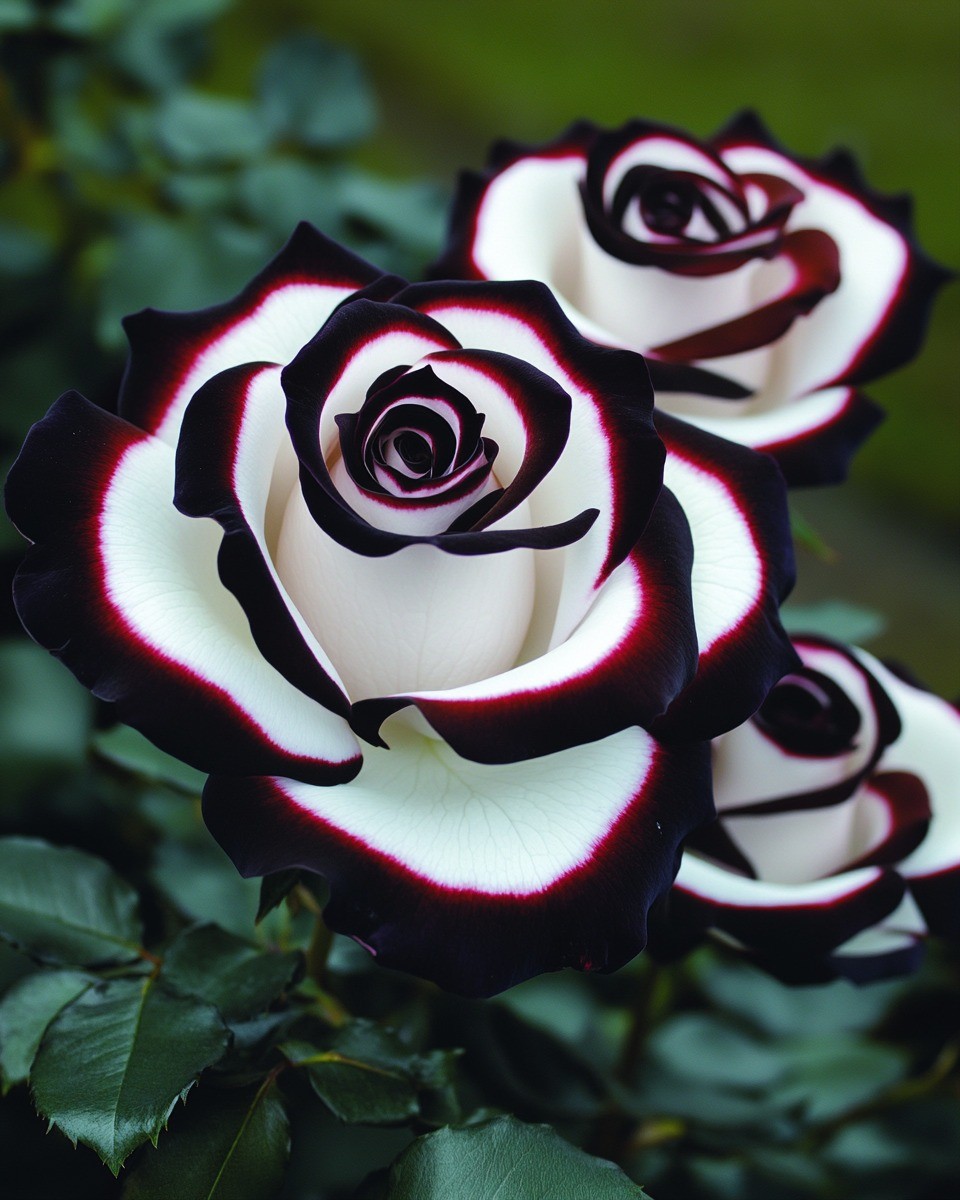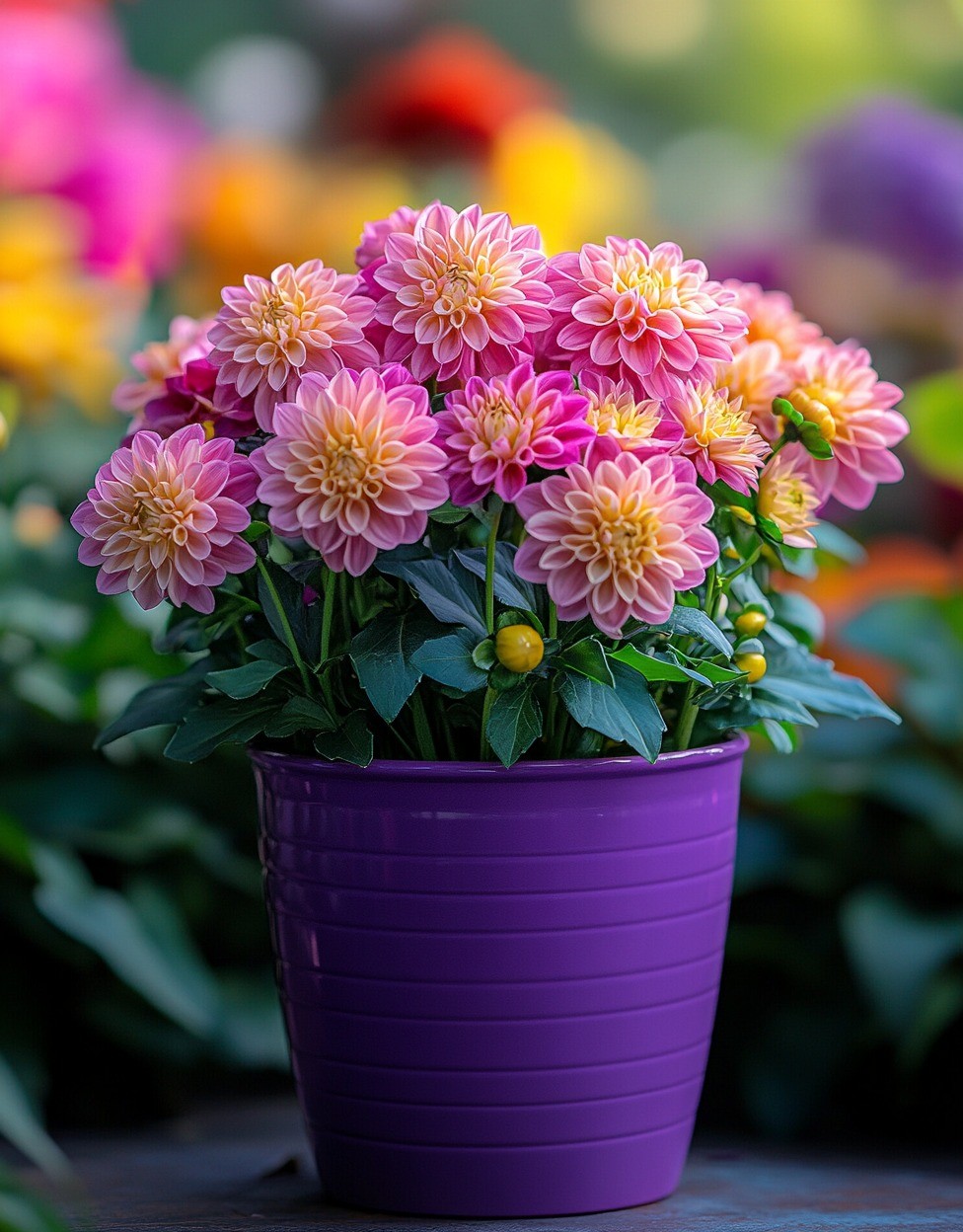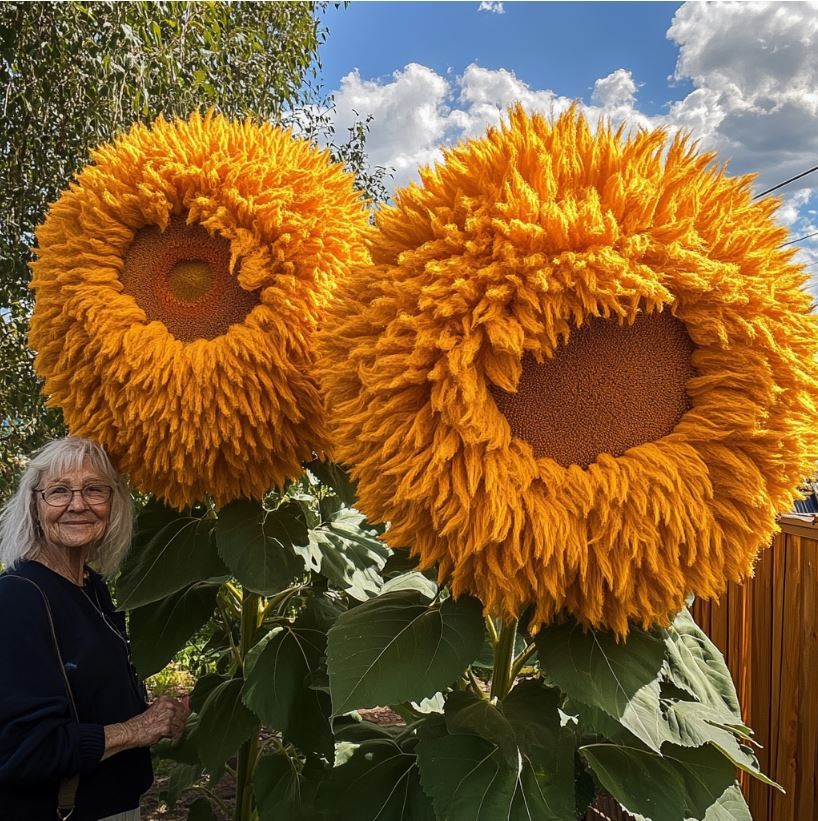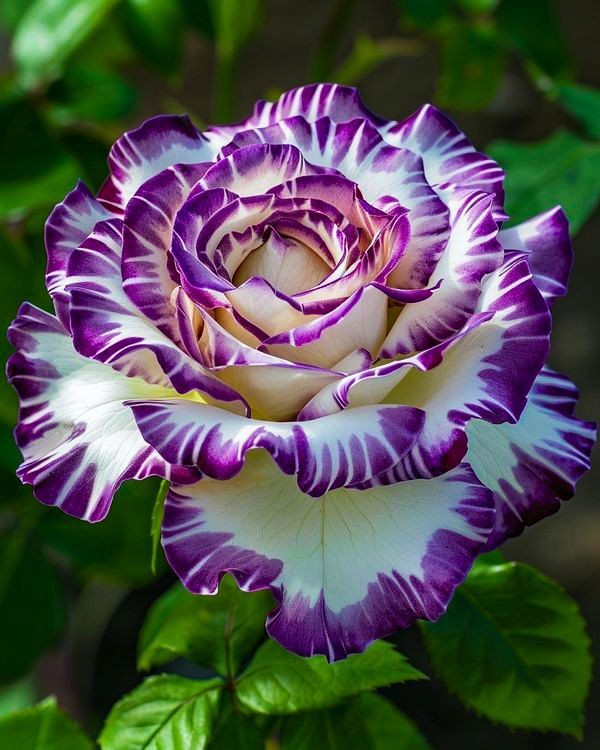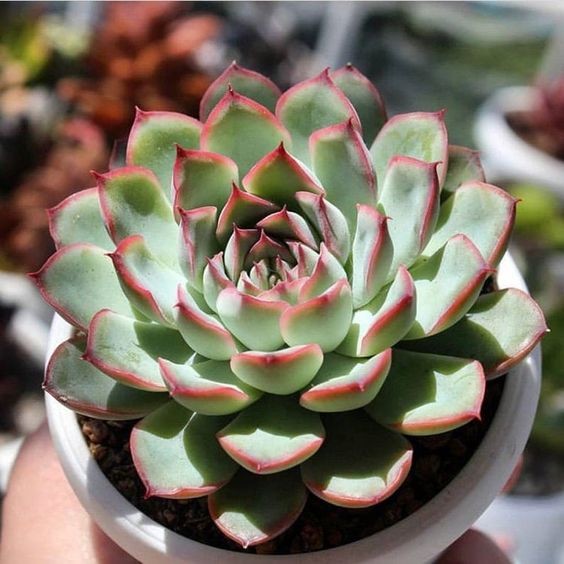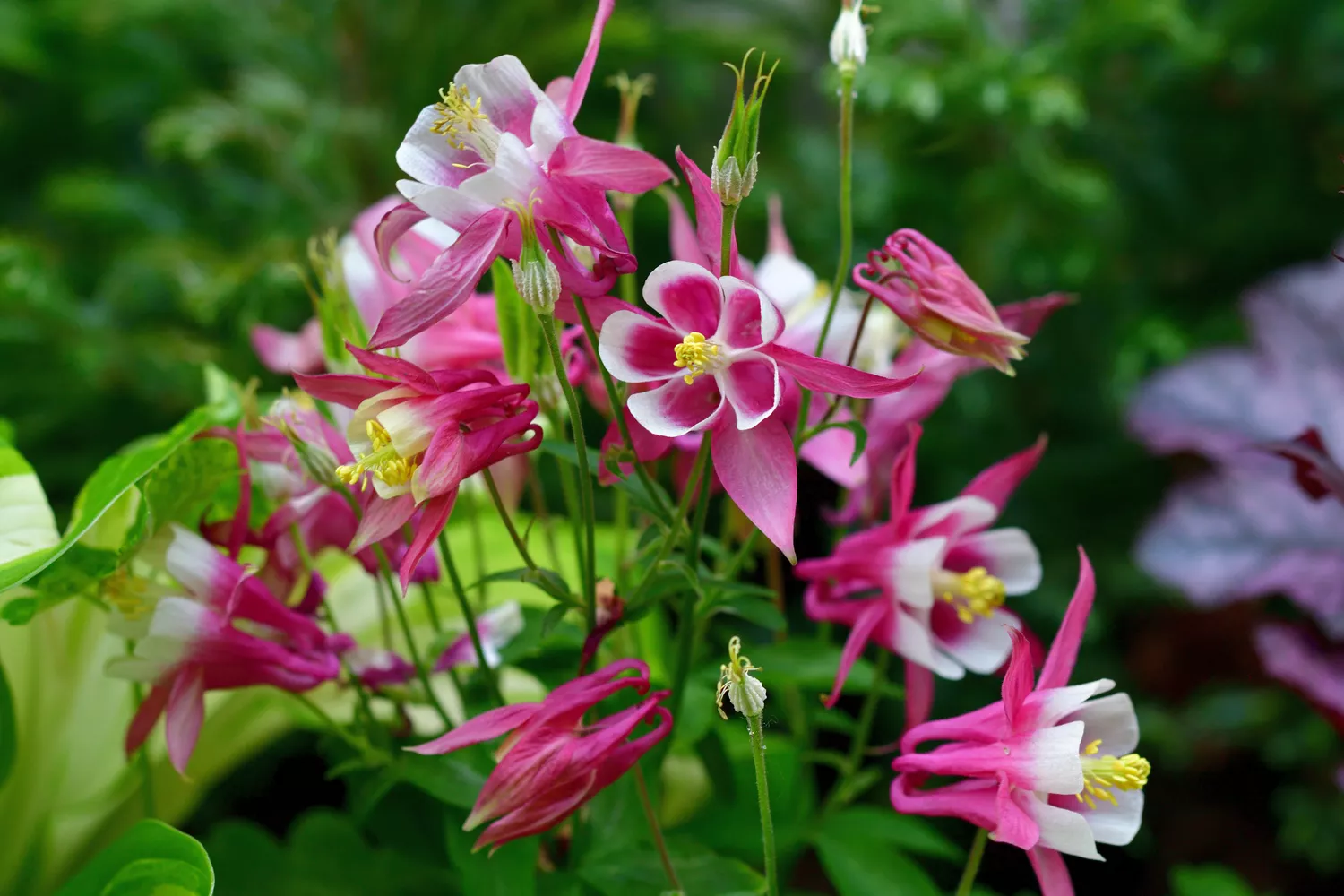
Most columbine plants are cool-season plants that bloom in spring and have single flowers. Rising high above the lobed green to grayish-green foliage are spikes of flowers, usually facing downward with elongated, narrow spurs extending backward. However, there are some varieties that face outward or upward, have no spurs, or have double flowers. Available in many colors, columbine plants are ideal for shady, wooded areas, but some work well as rock garden plants. The erect, dry, brown seed heads are made up of five capsules that split open to reveal many small, dark black seeds. This plant self-seeds and crosses with other columbine plants. Although it is a short-lived perennial, self-seeding makes the plants appear to last for years in the garden. Columbine flowers attract hummingbirds, butterflies, and hawk moths. The plant is deer resistant and toxic to humans, dogs and cats if ingested.
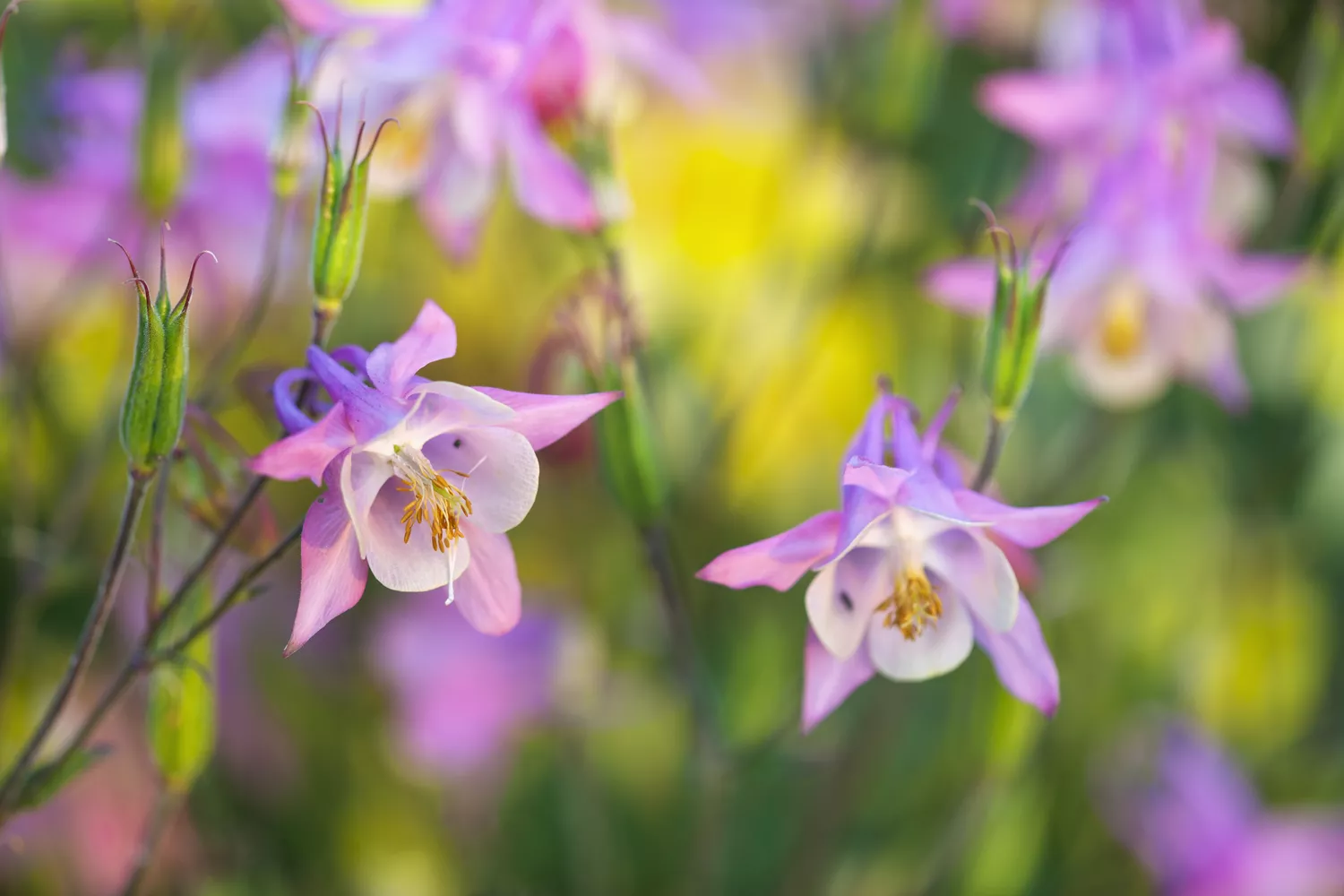
Plant attributes
Careful
Light
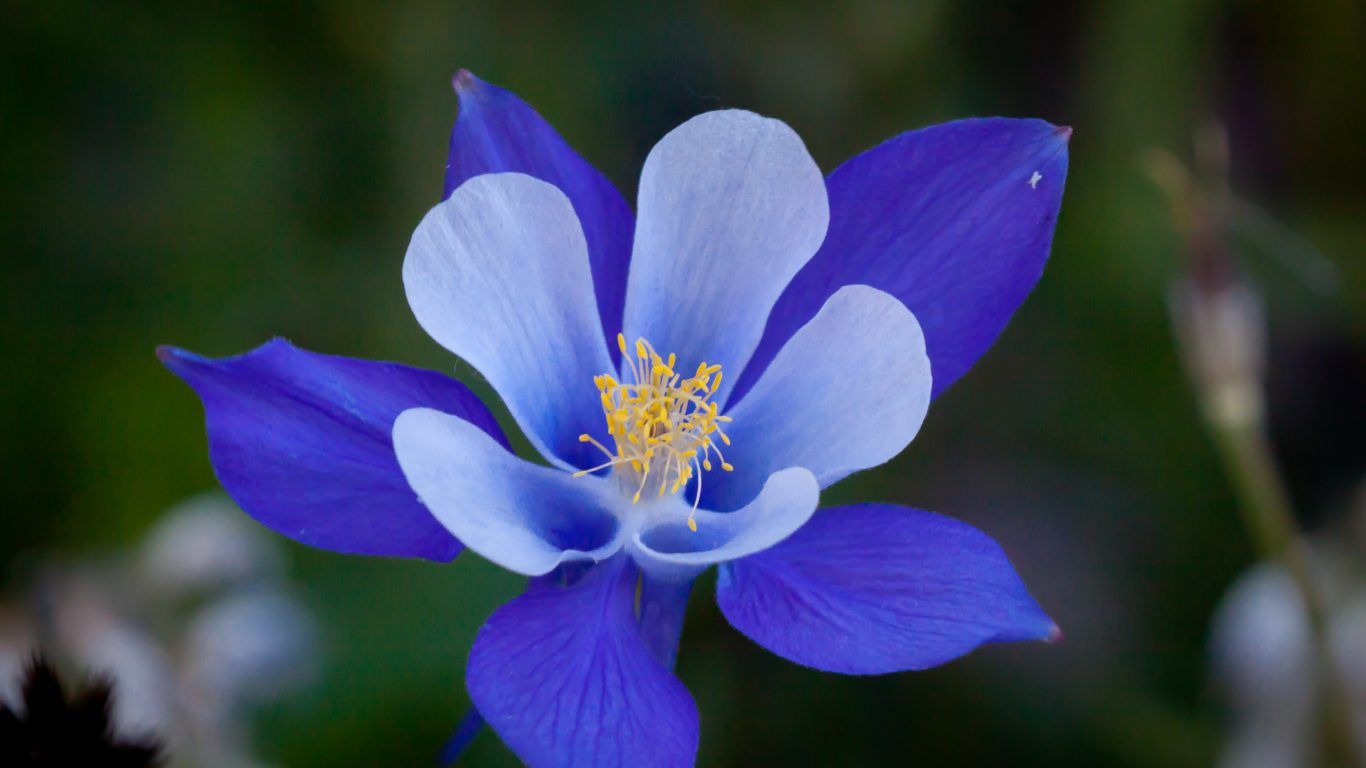
Depending on the species, these plants like partial shade woodland conditions or full sun rock garden conditions.
Fertilizer
No fertilizer needed.
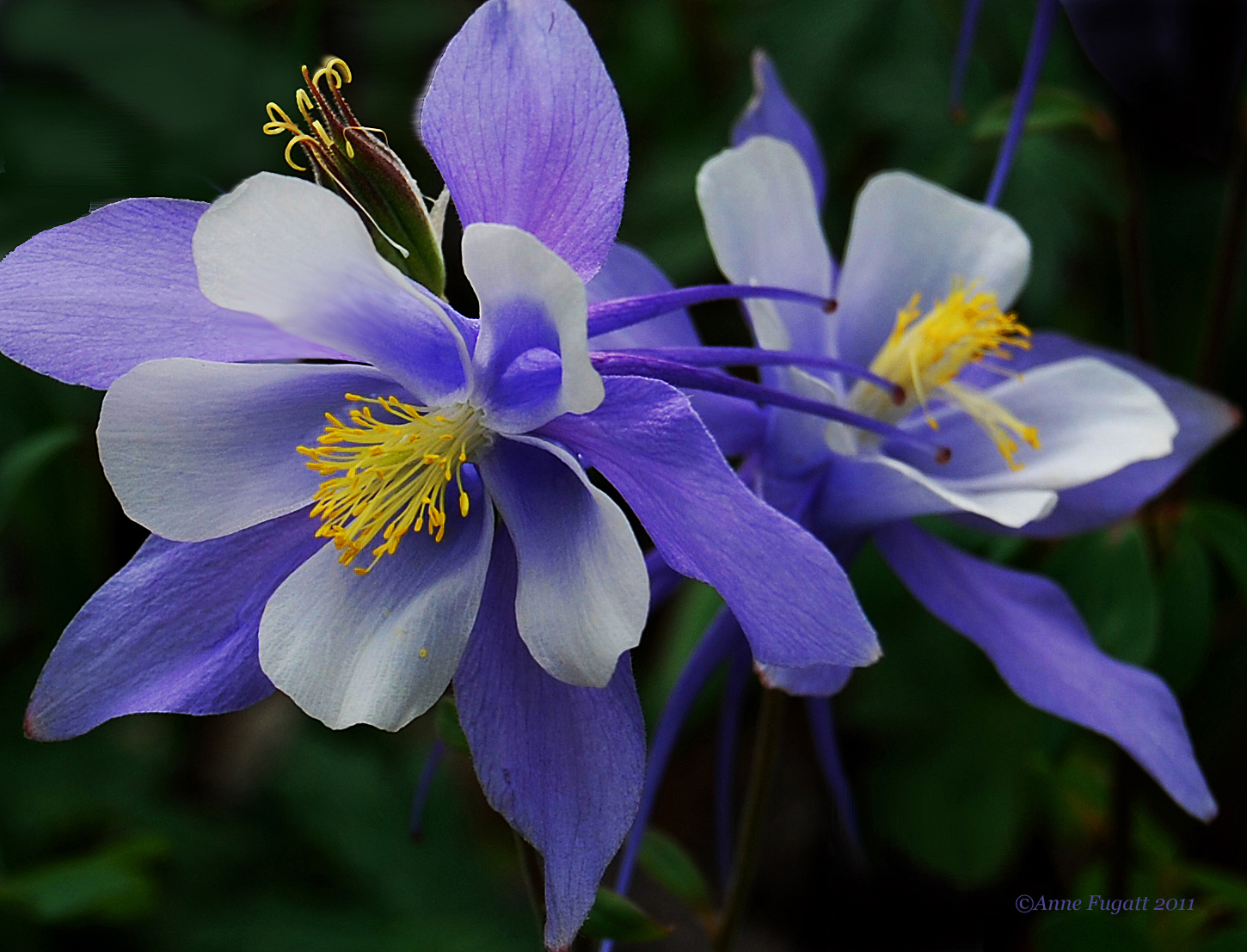
Types of columbine plants
There are many species in this country and many hybrids/cultivars.
Aquilegia canadensis (eastern red columbine)
Relatively tall, 2 to 3 feet, the Eastern red columbine has red and yellow flowers with spurs. It is the only red columbine found in eastern North America and is a critical food source for the ruby-throated hummingbird in the spring. The species is resistant to leaf miners. There is a cultivar called “Little Lanterns” that is more compact at 10 inches tall.
Aquilegia chrysantha (golden columbine)
Although native to the Southwest, this plant is very adaptable and produces yellow flowers with long, slender spurs.
Aquilegia flabellata (column fan).
A dwarf plant with purple flowers, the fan columbine is perfect for rock gardens. There are varieties of this plant with white, blue or pink flowers.
Aquilegia viridiflora (chocolate soldier or green columbine)
The flowers are not solid green, they are yellow-green or green and dark violet. An unusual look, reminiscent of hellebores.

Aquilegia vulgaris (common columbine)
Within this species there are many cultivars so the flowers can have one or two petals and in shades of violet, blue, dark pink, pink, rose, white and even very dark violet to black.
Pruning
These plants could be pruned after flowering in the summer to prevent self-seeding and to rejuvenate foliage that may be tattered and damaged by leaf miners.
Propagating Columbine Plants
Columbine plants can be propagated by division which is done in the spring. In fact, it is recommended to divide the plants every few years.
- Using a garden fork, dig deeply along the perimeter of the plant.
- Lift the entire pattern and place the group on the ground. It is not necessary to remove the soil.
- Break up the dough with a garden fork or sharp knife.
- Replant the divisions and keep them well watered until established.

How to Grow Columbine Plants from Seed
Columbine plants self-seed readily, but be aware that this plant can cross-pollinate with other columbine plants, so if you have different varieties in the garden, the progeny may have different flower colors.
To grow columbine plants from seed, you can let the parent plants disperse their seeds on their own, or you can collect the seed heads. The seed heads are prominent, rising well above the foliage like five-lobed, inch-long cases. Cut off the entire seed heads when they are golden brown but before they split open and place them in a paper bag. Weeks later, when the seed heads have dried further, open the cover and remove the seeds.
These seeds need a cold stratification period (a chilling period) to germinate. When you want to start them, place the seeds in a plastic bag with a moist seed starting mix. Place the bag in the refrigerator for 3-4 weeks. You can then sow the seeds indoors under lights about 8 weeks before the average last frost or sow directly outside after the average last frost.
Alternatively, sow seeds in small plastic containers with moist seed starting mix and place them in the refrigerator, an uncovered cold frame, an unheated porch, or a shed where the temperature stays consistently between 35 and 45 degrees. When the average last frost date has passed, continue growing outside.
You can also scatter seeds in your garden in the fall and let winter provide cold stratification.
Commercial seed packets are available. These seeds also require cold stratification.
Planting and transplanting columbine plants
Columbine plants are typically grown in the garden bed, but they can be grown in containers. Depending on the size of the container, the plants may be cold-hardy enough to come back the following year.
Spend the winter
These plants die back in the fall and go dormant in the winter.
Common plant pests and diseases
The most common pest is the leaf miner. Adults look like small black and yellow flies and larvae look like yellow worms that tunnel their way through the center of the leaves. This tunneling results in silvery or white “squiggle” marks on the leaves. This will not kill the plant but will make the foliage unsightly. Remove and discard affected leaves. There are no insecticidal sprays for this.
Another common pest is the sawfly, which appears as green caterpillars that can defoliate plants. Remove the caterpillars by hand or use an insecticidal soap. Sawfly aphids are very small insects that can stunt foliage. These can be cleaned off with a strong stream of water.
Gray mold is a fungus that creates a fuzzy gray mold on the plant. Powdery mildew is a fungus that coats the foliage with a gray or white powder. For these, remove any part as soon as it appears and/or spray with a fungicide.
Common Problems with Columbine Plants
In some ways, columbine plants are easy to grow because they self-seed, so you’ll always have a new generation. In other ways, they can be a challenge if you grow many types and expect them to stay the same in terms of flower color and location. It helps a lot to understand their growth habit and simply accept the damage from leaf miners rather than trying to eradicate them. Here are some problems that gardeners notice:
The foliage is marked with white or silvery streaks. This is leaf miner damage and unfortunately there are no insecticides for this. You can plant eastern red columbine, which is resistant, or you can remove the infected leaves.
The plant did not flower. Sometimes when plants are started from seed, they do not flower the first year. Be patient and wait a year.
There are too many plants. Pull out plants when they are small in the spring and then, to prevent this, cut off the seed heads when they are green, before they disperse the seeds.
The plants flowered but the flower color is not what the seed packet says. If you have more than one variety in your garden, they may have cross-pollinated and the resulting progeny reverted to the flower colors of the grandparents. If you want a particular color, you will need to plant only one type or pluck out those with the wrong flower color each year until you have a group of columbine plants with the preferred flower color.
